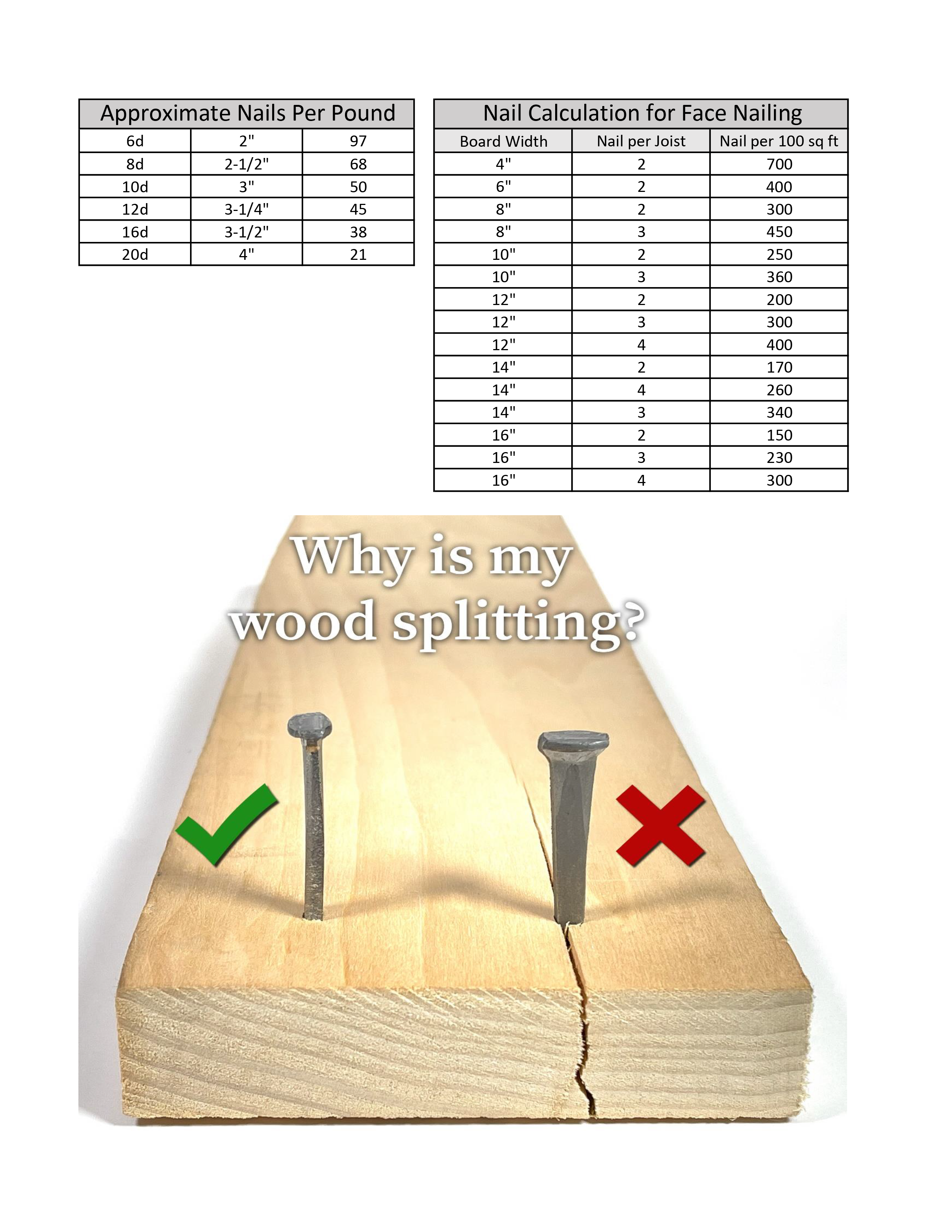Common Rosehead Nail
Common Rose-Head Nails are popular for framing, roughing in, and face-nailing floors.
Also used for cabinet work, interior and exterior siding, furniture repair, batten doors, and paneling. We highly recommend hot-dip galvanized for exterior applications. Available in Standard Finish and Hot-Dip Galvanized.
All our nails are made on original 19th century and early 20th century nail machines, this may lead to variation in head shape and slight differences in nail length. Tremont Nails are proudly manufactured and packaged in Mansfield Massachusetts.
Cut nails posses great durability. They are hard to pull out because the shape causes the wood fibers to push downward and wedge against the nails, greatly strengthening the holding power. Once you have used them you will prefer to use them for all of you projects.




